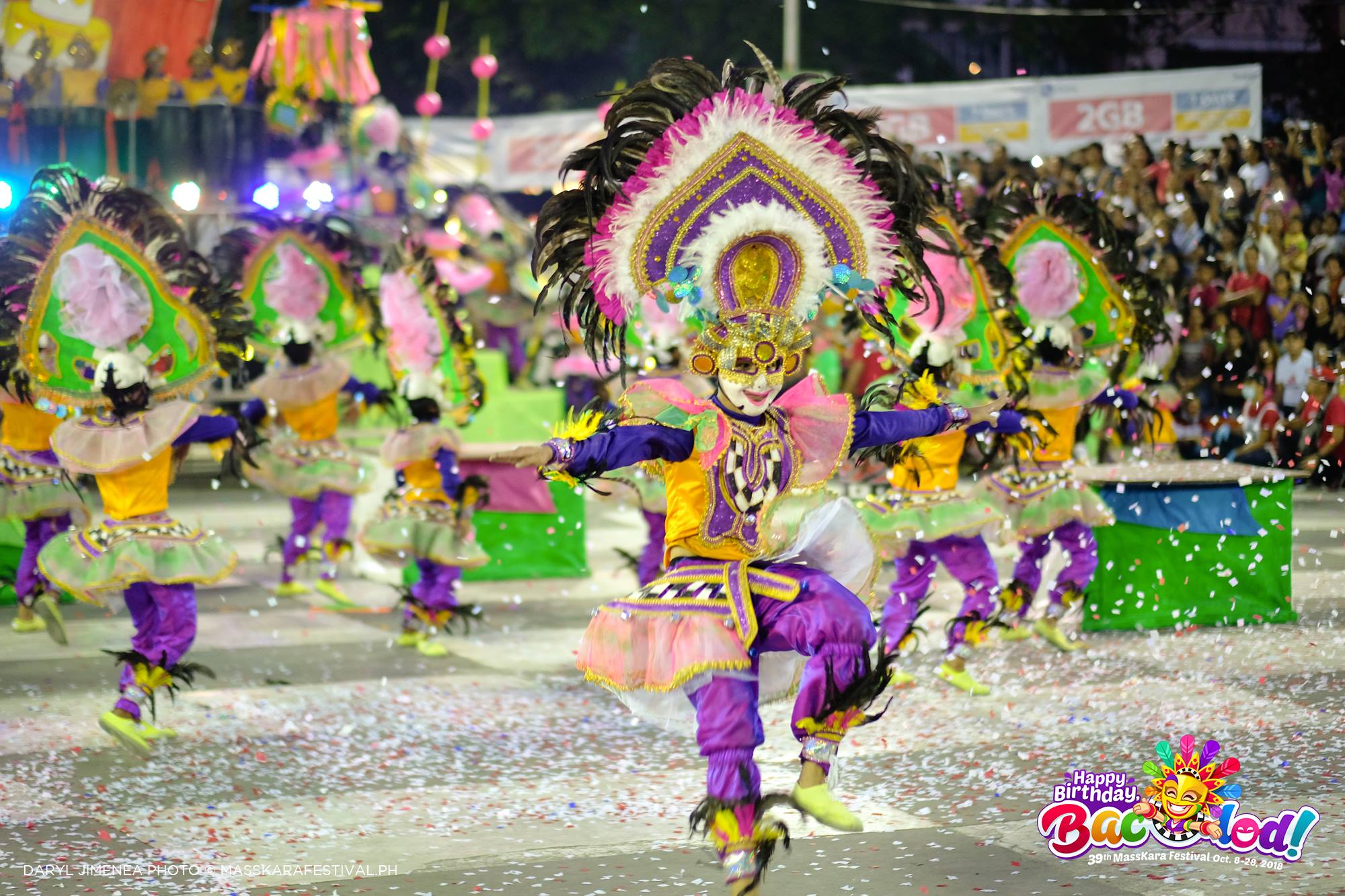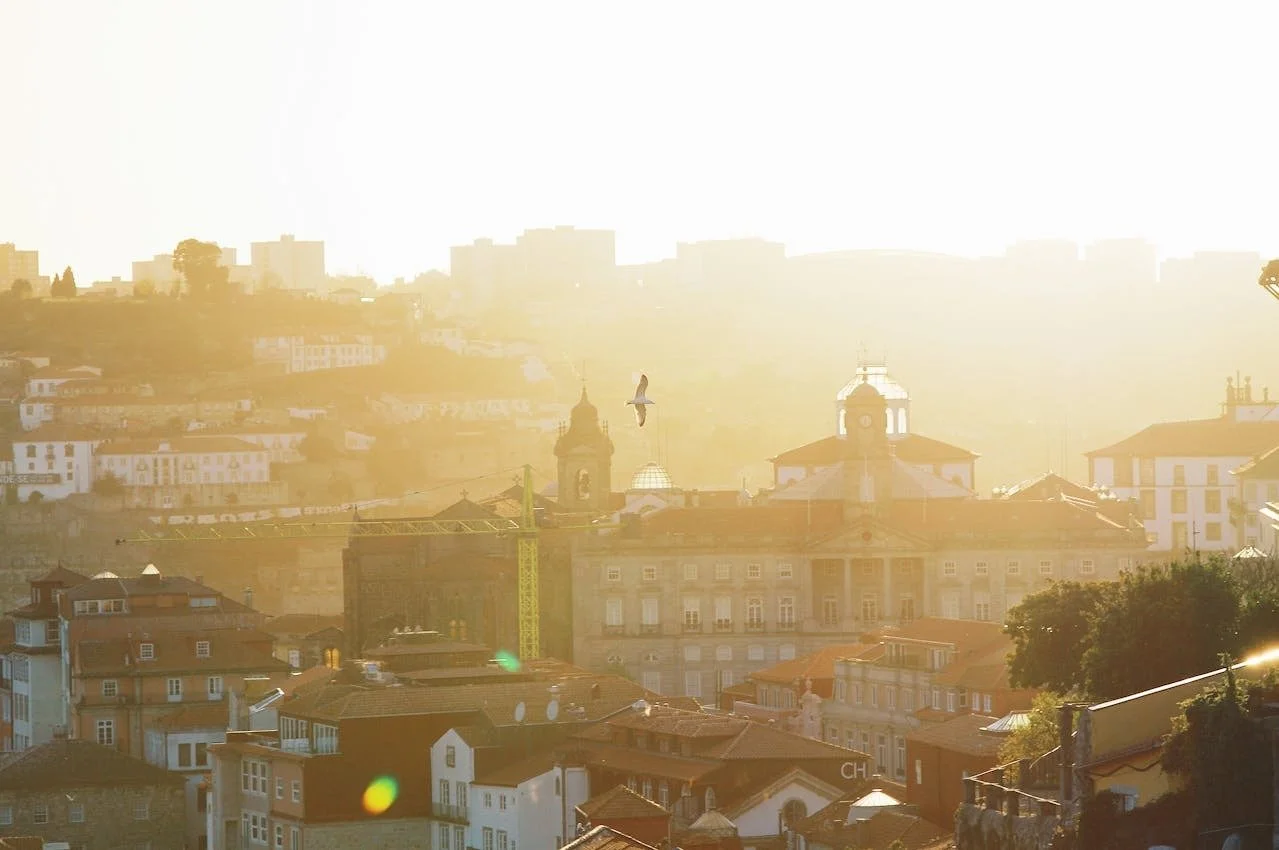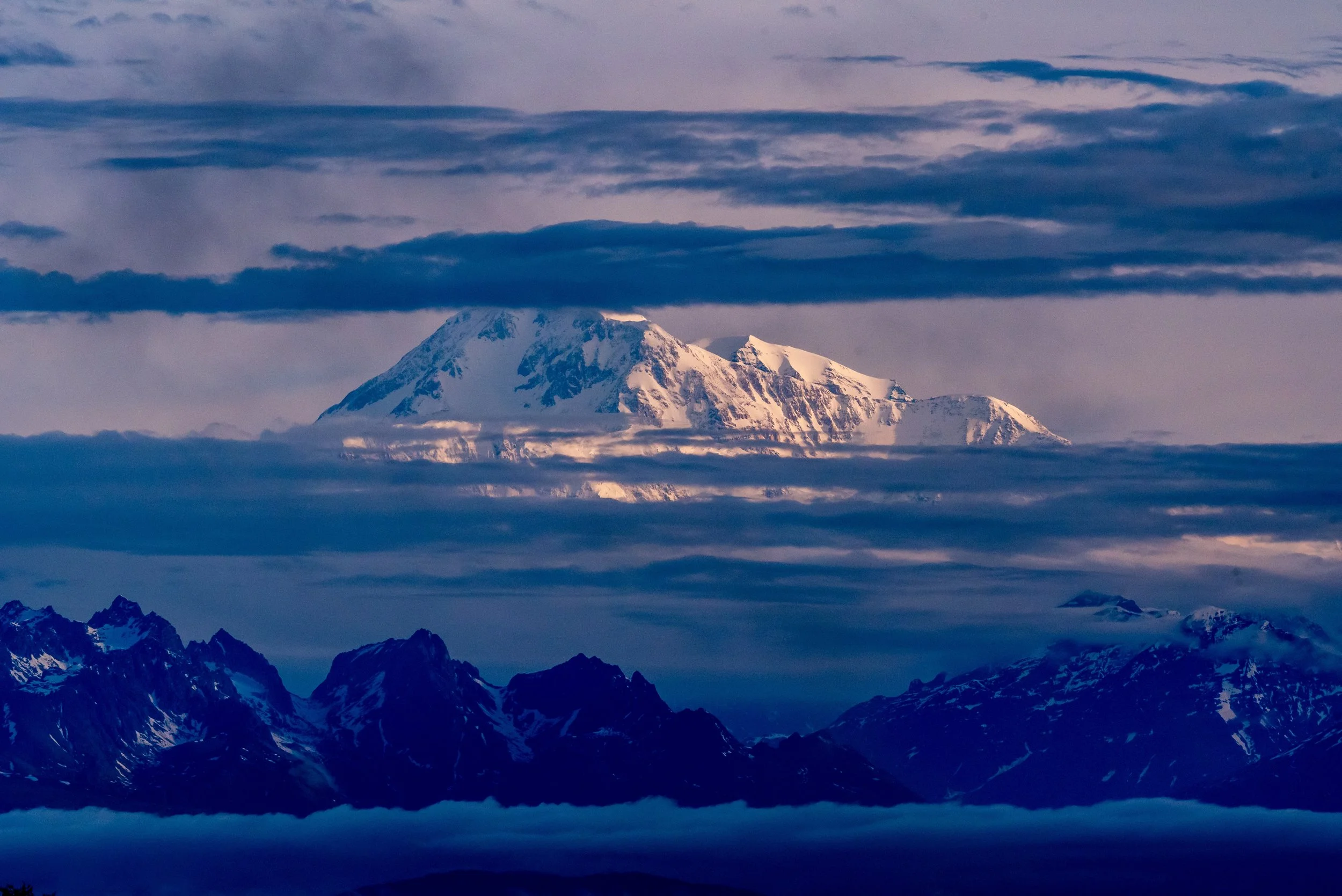List of Famous Festival in the Philippines And How You Can Enjoy Them
It’s more fun in the Philippines! Especially if you witness the Festivals in the Philippines. Festivals or “Fiestas” have been a tradition in the Philippines since the Spanish Era. Since missionaries wanted to spread Catholic Faith within the country, they used Fiestas to mesmerize the people through vibrant processions and exciting dramas.
Each town has their own Patron Saint, and on their feast day, that place celebrates Fiestas. On fiestas, townspeople prepare food and invite guests; their relatives or friends who haven’t prepared meals or from other towns. There’s also a mass on the day of the Fiesta and on “vesperas” (the day before) where there is a bishop or many priests.
When I go home in the Philippines, I like if the dates are during the Fiestas. The food will make you full. I get to see a lot of my relatives and friends. There are always at least ten priests concelebrating our mass. Also, the parades are so colorful, though it not as grand as those of this list; I could still be in awe and feel the festive spirit.
The most jubilant ones are usually those that have colorful processions: street dancing and fancy costumes. This post will discuss the best and colorful festivals all over the Philippines!
Sinulog Festival
Every January
On its 3rd Sunday
Cebu City
Photo by Rodney Ee
Sinulog Festival is one of the biggest festivals in the Philippines. It is celebrated in honor of Sr. Sto. Niño or Holy Child Jesus. The name came from the Cebuano term “sulog” that means “like the movement of water current” which has a forward-backward movement. So the main choreography is two steps forward and one step back.
To get the spirit of this festival, you need to pay tribute at the Basilica Minore del Sto. Niño de Cebu; there are novena masses that starts on the second Thursday of January, and you should at least try attending one. During the “Batobalani Song” where people wave their hands to the Sto. Niño is one of the best things to witness. On the festival day, you can buy tickets to see the Sinulog dance competition on the grandstand, or you can get the “Photographer Pass” to get inside off-limit areas. Practice your Sinulog Dance and “Viva Pit Senyor!” shout.
Ati-Atihan Festival
Every January
On its 3rd Sunday
Kalibo, Aklan
Photo by Ree Dexter
Ati-Atihan festival is the “Mother of All Festivals” since it started way before the Spaniards came where the Aetas from the mountains of Panay danced in thanks to the Malay chieftains who helped them. However, it got influenced by the Spanish missionaries and now has a religious association. The name means "to be like Aetas" so celebrants put black paint on their faces and bodies. This festival is also celebrated in honor of Sr. Sto. Niño.
You can witness street dancing, hear music from live bands, or watch the Grand Finale where the winners of the competition perform for the crowd again. Try eating Binakoe (native chicken cooked with coconut mil) and Latik (cooked rice topped with grated coconut and sugar). Join the crowd in shouting, “Hala Bira Purya Pasma!“
Dinagyang Festival
Every January
On its 4th Sunday
Iloilo City
Photo by Junseop Seo
Another festival in honor of the Child Jesus, you might think – again? Yes, this is the third one and not the last. Dinagyang Festival was the Iloilo Ati-Atihan, that’s why there are very similar to each other. In their dialect, Ilonggo, the festival’s name means means merry-making, so people are joyous during this celebration.
When in Iloilo, try eating Native Chicken and La Paz Batchoy. Don’t forget to buy your Dagoy, the official mascot of Dinagyang Festival, Dolls. For better views, buy tickets ahead; either to see the competition at the Stage or a media pass. You should also listen to their official song, and you’ll sing “Hala Bira! Iloilo!” for days.
Panagbenga Festival
Every February
Baguio City
Photo by susancorpuz90
Panagbenga Festival is not a religious festival but is a flower festival aiming to lift spirits after an earthquake in 1990. Now it is celebrated every February and sometimes ends in March. In the celebration, floats are adorned with flowers, and the costumes are mostly flower-inspired.
Go early in the streets to witness the street dancing. Bring everything you need; water, snacks, power banks because when you get there it’s going to be hard to leave and it’s impossible to save your spot. Embrace the spirit and don’t forget to enjoy the festivities.
Moriones Festival
Holy Week (March or April)
Marinduque
In this festival, you would see men and women dress like Roman Soldiers or the “Moriones.” Holy Week’s date changes every year depending on the moon; it’s always on March and April, so better search ahead on when the Holy Week is. It’s celebrated on this week because the festival depicts the Passion of Christ. During this Holy Week, you could witness Morions visit towns trying to capture attention or scare kids.
Make sure to attend the Via Crusis, a re-enactment of the way of the cross. However, don’t be scared out by people who whip themselves, carry heavy crosses, or crucify themselves as it is a form of atonement for their sins. On Sunday, there is a dramatization of Saint Longinus, the blind Romanian soldier who pierced wound in Jesus’ body then got healed by the blood that splattered. It’s a fantastic experience, especially if you are Catholic.
Pahiyas Festival
May 15
Lucban, Quezon
Photo by Rogelio Tirona
Pahiyas Festival is a harvest festival in honor of St. Isidore the Laborer. Initially, it was just an ordinary pagan festival where people offer harvests to the mountain gods. However, due to the Spanish influence, it is celebrated on San Isidro’s feast day, since he is the patron saint of farmers.
“Pahiyas” is from the word “payas” meaning decoration. So you would see houses decorated with harvests; various fruits, vegetables, and Kiping (leaf-shaped wafers). Try also eating Pansit Lucban and Lucban Longannisa. So prepare your eyes and your stomach for this feast!
Pintados Festival
June 29
Tacloban City
This festival is held in honor of Sr. Santo Niño. Yes, we Filipinos love this Holy Child Jesus; it’s special to us since the image of the Sto. Niño was the first Christian gift given to a queen in the Philippines from the Spaniards. In the Pintados-Kasadyaan Festival, dancers paint their bodies like ancient tattooed warriors. “Pintados” means painted while “Kasadyaan” means merriment. Like a few festivals, to get a good view of the presentations, buy tickets ahead.
Sirong Festival
August 15
Cantilan, Surigao
Photo by Cantilan Sirong Festival
The Sirong is a war dance between Moro and Christians, where the raiders are driven out due to praying to the Blessed Mother. Thus, it is in honor of the Immaculate Conception of the Virgin Mary. The street dancing is held on the 14th and a grand showdown in the afternoon of August 15. Expect sword fights depicted thru dance as this will let you know the story of the early settlers of this coastal village.
Kadayawan Festival
3rd week of August
Davao City
Photo by Constantine Agustin
The name came from the word “madayaw,” meaning “good, valuable or beautiful.” This is a celebration of thanksgiving for the serene life, beauty of nature, diverse culture, and an abundant harvest. It also showcases unification of the 11 tribes in the city. There are tribal dances by the indigenous communities, street dancing and Pamulak Kadayawan (floats are decorated with flowers and fruits) you can witness. Moreover, when you’re in Davao, try eating the durian fruit.
MassKara Festival
October 19 (closest weekend or 3rd weekend)
Bacolod City
Photo by MassKara Festival
Held in the City of Smiles, Bacolod, MassKara got its name from “mass” meaning a “multitude of people” and “cara” meaning face, so it this means “multitude of faces.” If read it would also mean masks, so many wear a Smiling Mask and Baclod got its nickname from. MassKara is another festival to uplift the spirits of the Filipinos as a tragedy of colliding ships happened in 1980. There are pageants, competitions, musical concerts, street dancing and parade of lights.
Giant Lantern Festival
December 15 – January 2
San Fernando, Pampanga
Photo by Giant Lantern Festivals
The Giant Lantern Festival is at the Philippine’s Christmas Capital; San Fernando, Pampanga. The lanterns symbolize the star that the three kings followed so they could see Baby Jesus. Each barangay makes a lantern together with a limit of 10,000 light bulbs and a size of 20 feet. At night, they light-up the up; you will surely be mesmerized as the lantern’s lights coordinates with the music, and they are very colorful!
With a lot to choose from, you should schedule your travel to the Philippines near a festival. Tips from a local; book hotels months before the event as prices tend to go high during these dates, also book tickets and passes earlier, and be wary of your things during the festivities. It would also be awesome to befriend a local as you might get invited to eat in their house during fiesta; food is scrumptious, and you’ll get the feel of Filipino spirit.
The Philippines don’t only have gorgeous beaches, amazing mountains, marvelous diving spots, and untouched natural spots. There are also warm people of diverse cultures with colorful customs. I think the best way to experience a country is to experience their traditions, and there’s no way better than witnessing and joining Festivals in the Philippines.
Are you on Pinterest? Pin these!




















![Travel Guide to Sarajevo, Bosnia and Herzegovina [with Sample Itinerary]](https://images.squarespace-cdn.com/content/v1/5806a87f6a4963c2ddce112c/862dad96-56d7-4e16-8321-6b74b78c488c/Travel+Guide+to+Sarajevo%2C+Bosnia+and+Herzegovina+%5Bwith+Sample+Itinerary%5D1.jpg)

